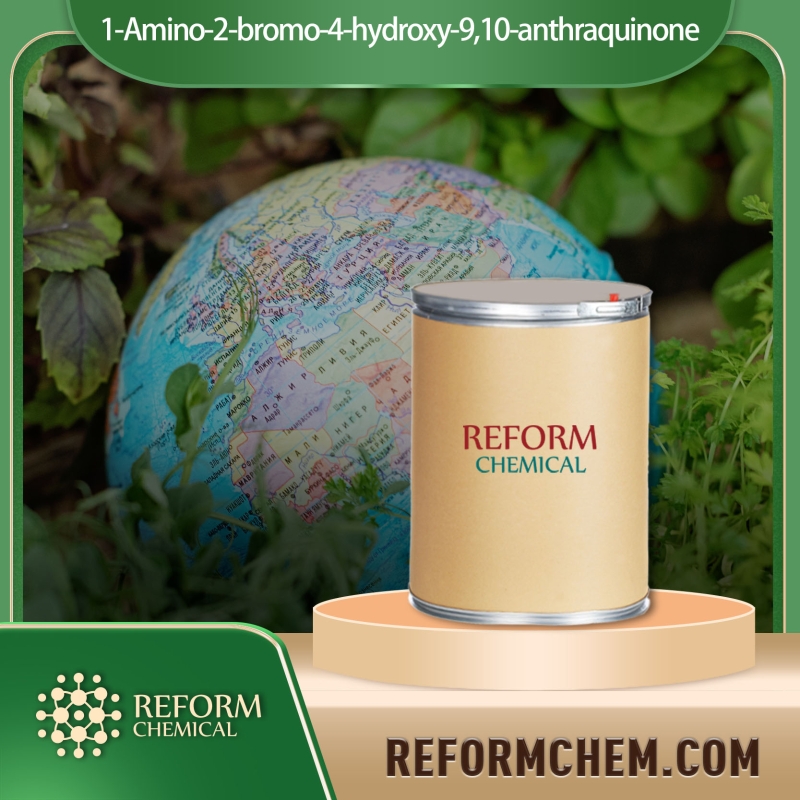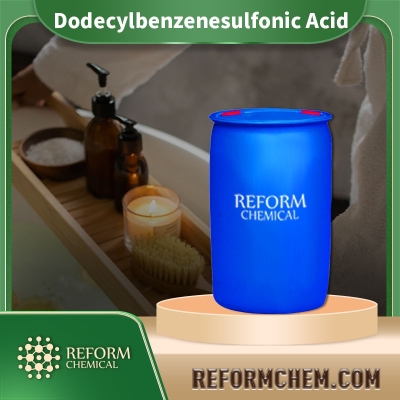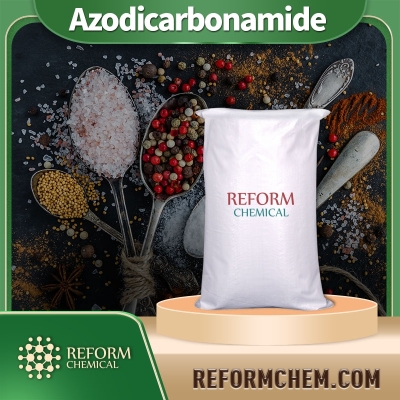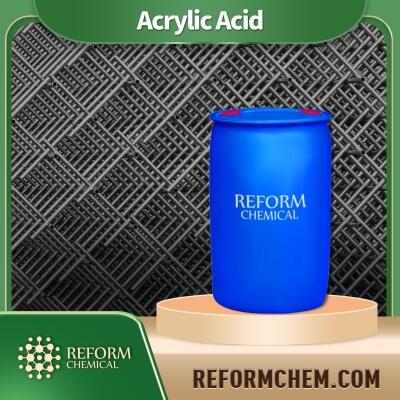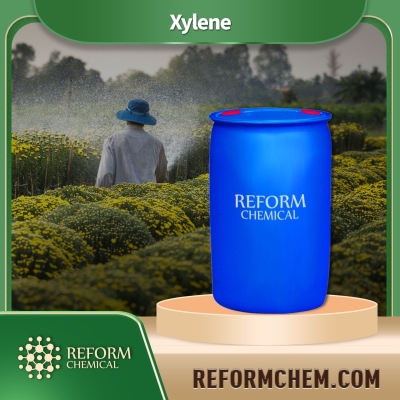Dual Control' in a major chemical province! Raw materials skyrocket! The supply is in a hurry!
90% of enterprises in Jiangsu were affected by the "dual control of energy consumption". Propylene oxide began to be marketable and priceless. The price once soared, and the price of epoxy resin also rose rapidly. As a major chemical province in Jiangsu, if 90% of the companies stop production, it will affect the balance of supply and demand in the entire chemical industry chain, and it will also affect the price trend of chemical products.
At present, it is not just Jiangsu Province. Yunnan has limited production of 90%, Shaanxi has limited production of 60%, and many regions have started to curtail about 15%... Various incredible "weird" arrangements are intensively staged in this year's "Golden Nine, Silver and Ten" peak seasons. What makes the chemical industry people even more frustrated is that the reduced operating rate has brought about a situation of shortage of supply and short supply, and then a variety of chemical products have risen wildly, and the intensity and magnitude are surprising.
Jiangsu: Electricity restriction + production restriction, chemical plants are basically shut down
At the beginning of September, a meeting of the Jiangsu Provincial Department of Industry and Information Technology instructed to carry out special energy-saving supervision for enterprises with an annual comprehensive energy consumption of 50,000 tons of standard coal or more, covering 323 enterprises with an annual comprehensive energy consumption of more than 50,000 tons and 29 "two highs" projects in the province. The special energy-saving supervision action of the company is in full swing. Due to the "red light" on dual energy control, the Jiangsu region's policies have increased, and 10 billion kilowatt-hours of electricity will be reduced every month from the 15th. Enterprises in the Dainan region will have power outages from September 16 to October 8, September 16. All production was suspended from 12 o'clock in the evening to October 8th, requiring companies to report to the power supply department to stop transformers; factories in Nantong area received a notice and curtailed about 15%; enterprises in Hailing District and Taizhou also reported that they received notices of curtailment.
Soda ash: Jiangsu's soda ash production capacity is 5.95 million tons, accounting for 17% of the country's soda ash production capacity. The soda ash industry, as an industry with high energy consumption and high carbon emissions, is also included in the restricted production industry. Lianyungang Alkali Industry, with a capacity of 1.3 million tons, is currently 70% under construction, stopped purchasing raw materials in October, and stopped at the end of the year; Shilian Chemical has a capacity of 1.1 million tons, limited to 40%, and is currently operating at 60%; Xuzhou Fengcheng Salt Chemical has a capacity of 600,000 tons, Started 50%, the production capacity of China Salt Kunshan was 850,000 tons, and the daily output was reduced by 300 tons.
At present, the industry's production shutdown and maintenance capacity is 2.1 million tons, accounting for 6%, and the upcoming maintenance capacity is about 7 million tons, accounting for 20.7%, and the industry's supply has fallen sharply. The factory's inventory is 300,000 tons, which is at a low level in the past two years. The spot price of soda ash has been raised more than 10 times since the beginning of the year, and has now risen to a high level in the past 10 years. The current market price of heavy soda ash is 2,600 CNY/ton, and the price of light soda ash is 2,400 CNY/ton. Both have increased by more than 80% this year.
Epichlorohydrin: In early September, Jiangsu Haixing, a large epichlorohydrin plant, ceased production, causing industry anxiety. Epichlorohydrin instantly soared from RMB 16,000/ton to more than RMB 20,000/ton. Afterwards, major factories in Jiangsu area successively received notices of production cuts and suspensions, and most of the epichlorohydrin companies in the region were affected. The main environmental chlorine production enterprises in Jiangsu are: Jiangsu Haixing 130,000 tons, Jiangsu Ruixiang 150,000 tons, Huanhai Chemical 100,000 tons, and Jiangsu Anbang 20,000 tons.
At present, affected by the "dual control", the average operating level of epichlorohydrin is at a low level, and the tight market supply is difficult to alleviate. Some epichlorohydrin companies have closed and stopped reporting. The latest reference price is around 20,300 CNY/ton, an increase of 3,500 CNY/ton from the previous week, marking a new high since October 2019.
Epoxy resin: In this energy consumption dual control management, companies with self-provided power plants, boilers, and steam are all key targets for emission reduction, and major resin companies in Jiangsu are also among the ranks. The price of upstream epichlorohydrin has risen sharply, and the actual volume is insufficient. At present, many epoxy resin companies have closed the market. At present, the reference price of East China liquid resin is above 36,500 CNY/ton, and the unit price of a major factory is close to 38,000 CNY/ton (in barrels), which shocked the market participants.
Propylene oxide: Due to the favorable atmosphere for dual control of energy consumption, the overall start of the propylene oxide market is relatively low, and the dual control of energy consumption is carried out in various places. At present, the cyclopropene plant is only prosperous and strong, but there is a possibility of reducing the burden of other subsequent plants. The mainstream of Shandong The price goes up one hundred yuan to 16,400-16500 CNY/ton.
The storm of strict control of carbon emissions in Jiangsu Province has been comprehensively strong, and the targets of remediation are large energy consumers. High carbon emissions were warned by double red lights, and they will be held accountable if they fail to contain and reverse the situation in the short term. Therefore, they have to fight hard and rigorously rectify, and strive to significantly reduce carbon emissions and energy consumption in September, and do a good job in reducing emissions. In addition to Jiangsu, a major chemical province, energy consumption restrictions have also appeared in many other regions.
Inner Mongolia: Dual control plus traffic control, a variety of chemical products are closed without quotation
From 2021, Inner Mongolia will no longer approve coke (blue charcoal), calcium carbide, polyvinyl chloride (PVC), synthetic ammonia (urea), methanol, ethylene glycol, caustic soda, soda ash, ammonium phosphate, yellow phosphorus... without downstream conversion New production capacity projects such as polysilicon and monocrystalline silicon are affected by the “dual control” policy and traffic control during the National Games.
PVC: According to the maximum restriction of the document, the daily output of calcium carbide is reduced by about 5,000 tons; the production and transportation of PVC raw material calcium carbide are obviously restricted, which has boosted the price of PVC.
Hanwha Ningbo takes orders for the current period, and each brand is closed and will not be reported;
No quotation is currently available for Qingdao Bay Plant;
Hunan Hengyang Kingboard Chemical, the five-type factory is temporarily not quoted;
Dagu's output is low, and 700/1000/800/1300 models are temporarily not quoted.
Shaanxi: The maximum production limit is 60%, and many chemical plants are under key regulation
Shaanxi Yulin issued the "Notice on Ensuring the Completion of Energy Consumption Dual Control Target Tasks in 2021", requiring that from September to December, the newly built "two highs" projects shall not be put into production, and the newly built "two highs" projects that have been put into production this year will produce output last month. The basic production limit is 60%, and other "two highs" enterprises have implemented measures such as reducing the operating load of their production lines and shutting down submerged arc furnaces to limit production to ensure a 50% reduction in production in September.
The introduction of the dual control policy for energy consumption in Yulin marks the continuous upgrade of the dual control of domestic energy consumption. The document points out that the total energy consumption of the city in Yulin will be controlled within 39.37 million tons of standard coal in 2021. Among them, methanol affects the production capacity of non-integrated units of 2.76 million tons, accounting for about 2.8% of the total production capacity, and it is expected to reduce production by about 60,000 tons in September. Stimulated by this news, related products have risen sharply. As of the close of yesterday evening, the main methanol futures contract has soared by more than 5%, a new high since 2018.
Yunnan’s production is limited to 90%, chemical products are in short supply, one price per day
Yellow phosphorus: Due to the stricter energy consumption control in Yunnan, the current production capacity of yellow phosphorus enterprises has been reduced by 90%, and at the same time, they have encountered limited voltage and load limits. The production capacity has dropped sharply. CNY/ton, and it’s hard to find a single product. Manufacturers mainly issued pre-orders, and the spot supply was tight. Orders were scheduled to October, and some manufacturers temporarily stopped quoting.
Phosphoric acid: Due to the soaring raw material yellow phosphorus, the recent average price of phosphoric acid has reached RMB 12,333.33/ton, one price per day, an increase of RMB 8,700/ton during the week, an increase of more than 40%, a year-on-year increase of 156%. Enterprise quotations are basically above 10,000 yuan, and the highest price is 18,000 CNY/ton, rising to a new level. At present, the price of raw materials is tight and high, so that phosphoric acid manufacturers have to cut production and stop production.
Silicone: Under the background of dual energy consumption control, 90% of the production capacity of the high-energy-consuming industrial silicon industry is limited, and the price has risen rapidly from 16,000 CNY/ton to more than 30,000 CNY/ton. About 40% of the downstream part of industrial silicon is used in organic silicon, which also leads to a shortage of organic silicon raw materials. At present, Tangshan Sanyou, Hubei Xingfa, Shandong Jinling, Luxi Chemical, Zhejiang Zhongtian, Inner Mongolia Hengye Cheng, He Sheng Silicon Industry and a number of companies closed the offer without quotation. Manufacturers have tight supply, limited orders, and pre-orders are the main priority. The bulk cargo price has been quoted to 43,000 CNY/ton. Some companies said that in the past, they have risen by a thousand or eight hundred, but recently they have risen by several thousand and several thousand, which is not crazy.
In addition, some enterprises in Guangdong have received notices of peak-shift power rationing, and Ningxia region notified the progress of dual energy consumption control in the first half of the year and said that the situation is extremely grim... Although there are not many areas where it is clear that power rationing and production restrictions are currently issued. , But many companies have reported that they have received notifications from relevant departments requesting capacity reduction and load reduction.
The "black swan" of dual energy consumption control has arrived. In such a severe situation, if you want to complete the dual energy control goal, it can be described as a time-critical task. It is expected that more regions will adopt strict measures to restrict high-energy-consuming industries in the future. For the energy-intensive chemical industry, this is undoubtedly another round of supply-side reforms. As the operating rate of enterprises decreases and production cuts and shutdowns become more frequent, inventories in the chemical market will gradually decrease. At present, many large factories have begun to sell in limited quantities or even closed the market without reporting. The alarm of shortage of supply has been sounded, and the current high prices may not be the peak. In the future, the relationship between supply and demand in the chemical industry will become more tense, and the prices of chemical products will continue to rise.
Looking for chemical products? Let suppliers reach out to you!
-
Fine Chemicals Industry Overview
The magazine will be published in Apr 2024 and distributed at the ChemExpo 2024 in Mumbai, India. And online for permanent download."Fine Chemicals Industry Overview" provides not only comprehensive information about the international chemical market but also offers overseas readers with the opportunity to understand and track the dynamics and trends of the Chinese chemical market, as well as the opportunity to learn more about the outstanding chemical companies in China.Published in: Apr. 2024
Trade Alert
Delivering the latest product trends and industry news straight to your inbox.
(We'll never share your email address with a third-party.)
Related News
-
ECHEMI High Quality Inquiries (10-14 Aug)
-
Syensqo expands its bio-based product portfolio with new MTM epoxy resin
-
Performance Overview of Epoxy Resin Manufacturers in China
-
Review of Last Week's Epoxy Resin Market Trends (August 21-25)
-
Environmental Impact Assessment Public Notice for a 60,000-ton Per Year Polyurethane and Epoxy Resin Materials Project
-
Total investment: 1.55 billion! Projects with an annual output of 200,000 tons of epoxy resin will be put into trial production at the end of June
-
200000 tons/year electronic grade epoxy resin project publicity!
-
Over capacity, Olin shut down the epoxy resin plant!
-
Epoxy Resin Coatings Market Size in 2023-2029: Competitive landscape and Leading Country
-
An investment of 125 million! Annual output of 25,000 tons of epoxy resin curing agent project publicity!
Recommend Reading
-
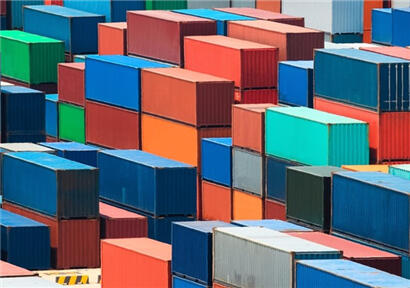
China's foreign trade improving amid complex situation
-
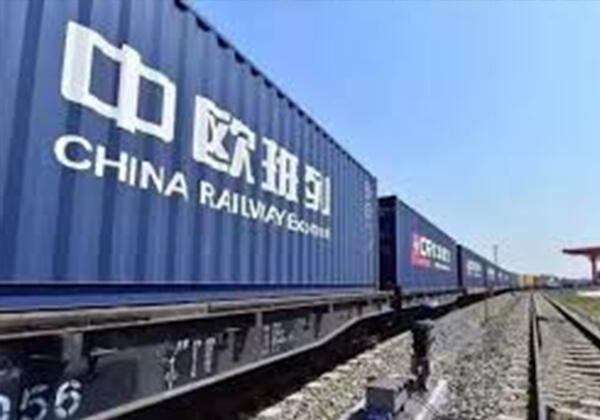
China port handles over 200,000 TEUs via China-Europe freight trains since 2014
-

This year, the first battle of 'insect rations for food' was successful
-

Coal price or increase will be narrowed in the slack period of Spring Festival
-

New Chemical Materials Project Declaration Shocked
-

A New Medicine For Schizophrenia
-

India Imposes Tariffs of Up to $557 per Ton on Epichlorohydrin from China, South Korea, and Thailand!
-
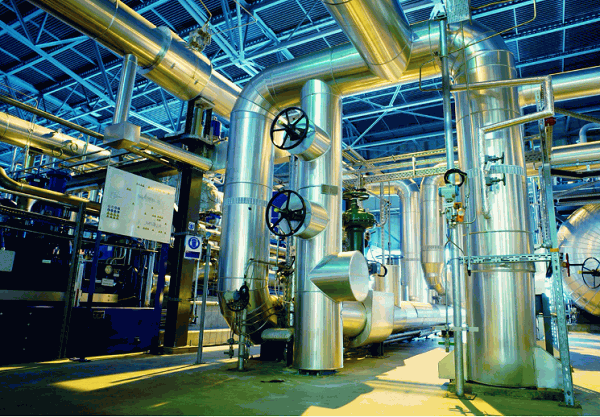
Break the foreign monopoly! Styrene process realized localization
-

Pay RMB 370 million advertising fee to Ali in one year
-
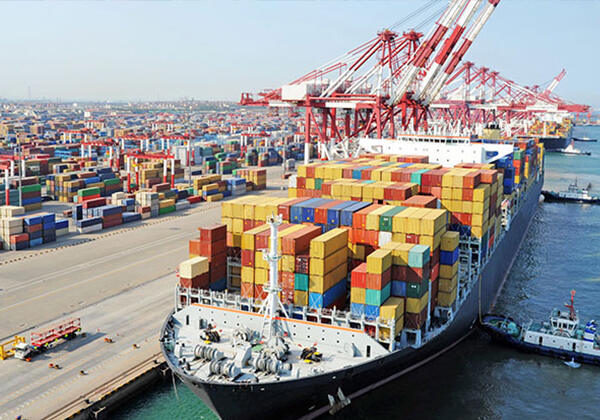
Shipping in South China is even more difficult, and the soaring freight rate shocked the market!





